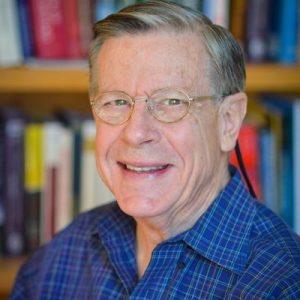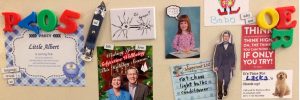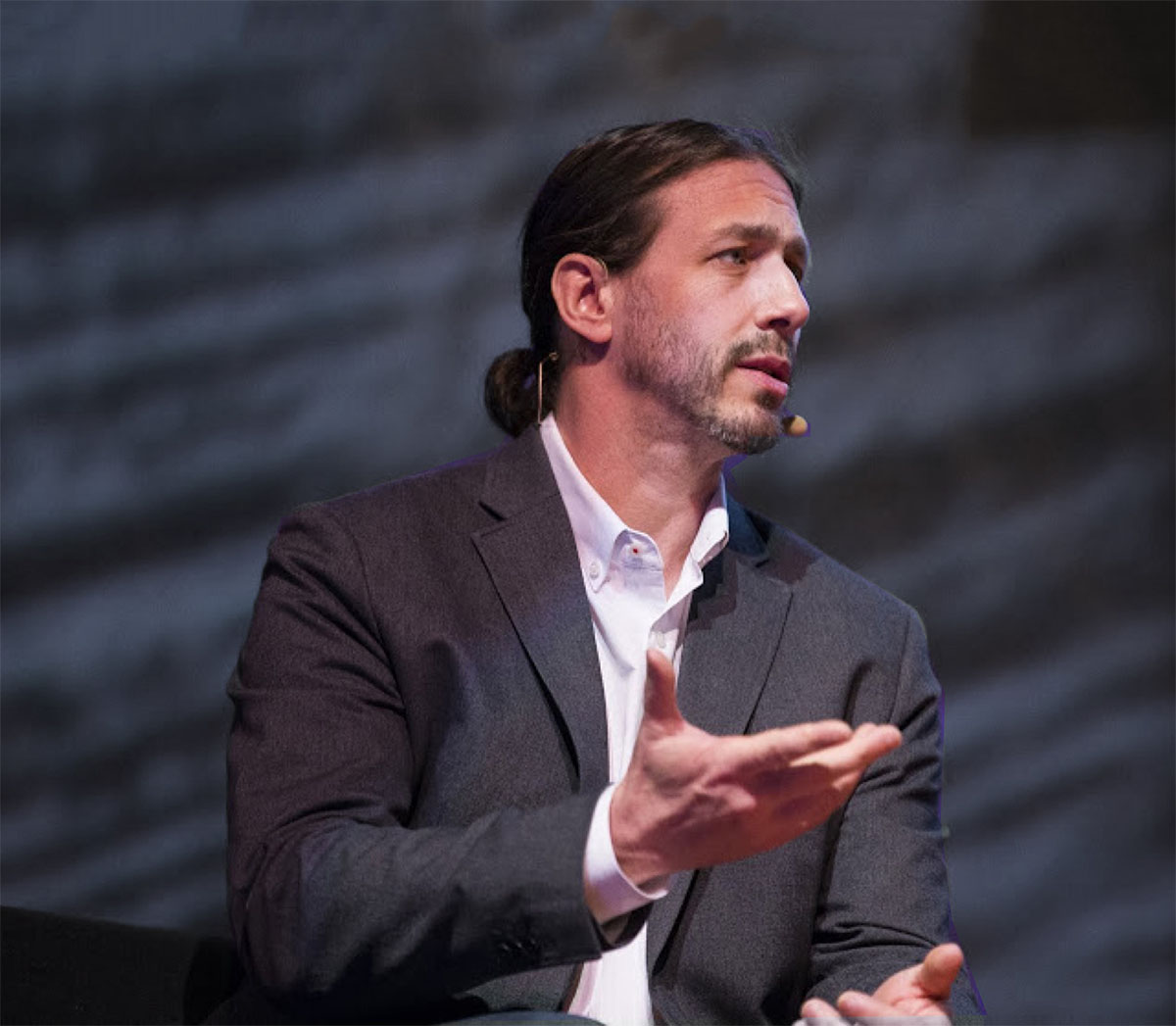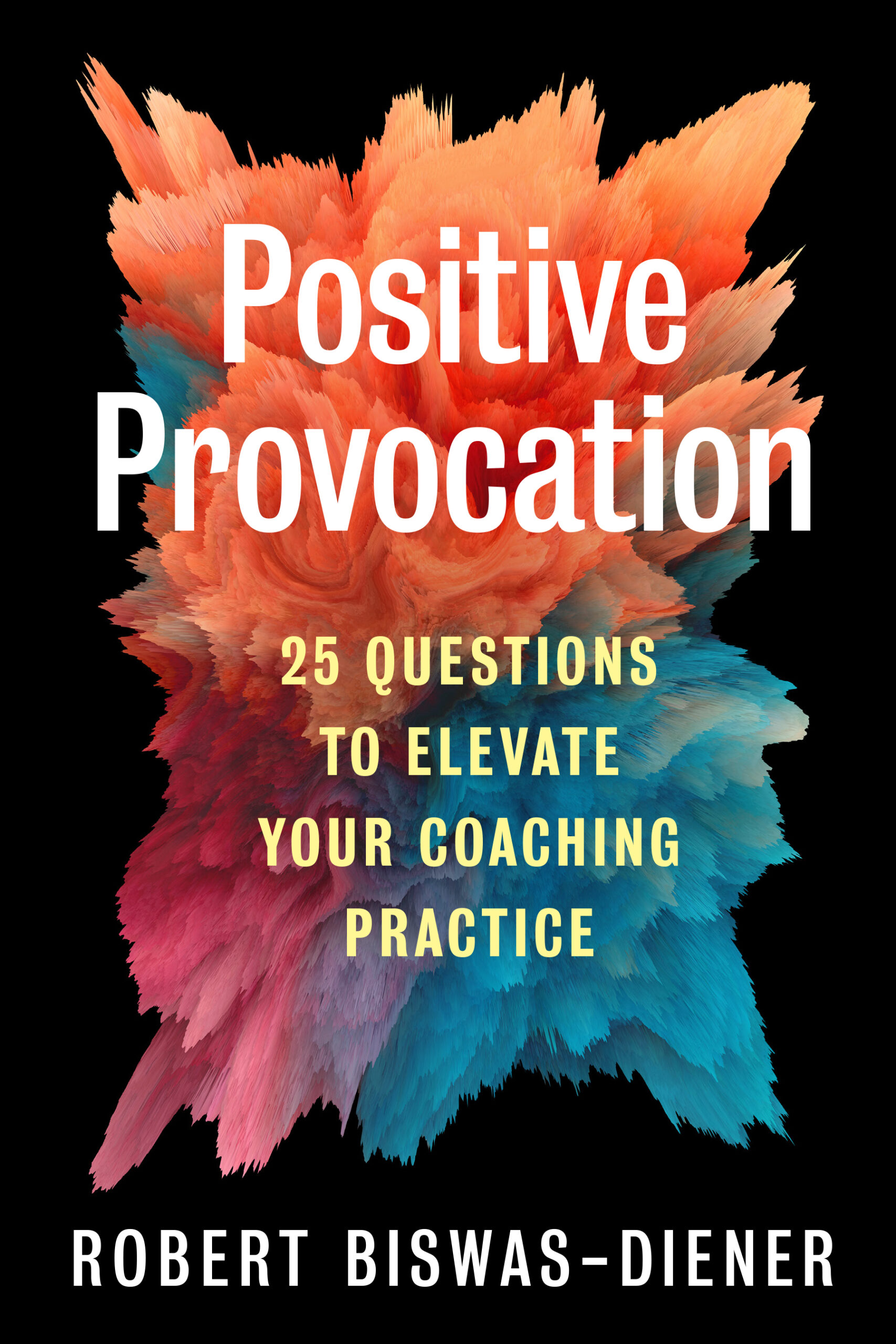
Ed Diener published hundreds of papers and was cited more than a quarter-million times. Here is an inside look at how he arrived to happiness studies.
The Father of Modern Happiness Research
Before he passed away last week, my father, Ed Diener, was a famous psychologist. That makes me smile a little because it is like saying that he was a famous plumber or a famous lawyer. It is a celebrity with a small “c.” Even so, within a circle of researchers, policymakers, and positive psychologists, he was well-known. For good reason; look at his stats: more than 400 publications. A quarter-million citations. His “h-index” (the number of publications that have been cited at least that same number of times) is a whopping 181. In one study, he ranked #10 among the most eminent psychologists and was the 172nd most highly cited scientist in the world across all disciplines of study. If you don’t know his work—and that’s perfectly okay—he was best known for being a pioneering researcher of happiness.
He wasn’t the first happiness researcher in modern times. Many fans of positive psychology are not aware of how long a tradition happiness research has in modern psychology. In the 1920s, for example, researchers were asking about potential differences in happiness between members of different ethnicities. In the 1960s, psychologists were researching the role of emotion in wellbeing. In the 1970s, British sociologists were investigating the happiness of lottery winners. Many of these works, such as Norman Bradburn’s classic, The Structure of Psychological Wellbeing, are virtually unknown to today’s fans of positive psychology but were critical reading for my father when he was a student in the late 60s and early 70s. In fact, by the time my father began publishing on happiness, in 1984, there were well over 700 existing publications on the topic. Here, I want to offer a behind-the-scenes look at the origins of modern-era happiness research. It is, in part, a tribute to my father, but also offers a glimpse into the mind of a scientist.
Origin Story

My father was interested in happiness his entire life. He grew up on a remote farm in California and was left largely to his own curiosity. He used a welding torch and a gas tank to create a flamethrower. He spent hours with an imaginary friend named Poozi. He observed the men working in the fields and wondered how they felt about their lives. Years later, he proposed this very idea—the happiness of farmworkers—as a worthwhile topic for his college senior thesis. He was immediately castigated for it. His advisor informed him that happiness could not be studied scientifically. Ironically, my father wrote a paper on conformity instead.
Dad attended grad school at the University of Washington, and we lived not far from the Seattle home where Kurt Cobain lived, although the Nirvana front man was only three years old at the time. During his graduate school days, my father devoted his attention to the study of deindividuation. Deindividuation was an exciting new topic being pioneered by Phil Zimbardo. Deindividuation is the loss of identity in a crowd and, subsequently, the loss of inhibition. This is why, for instance, a person who might never throw a rock through the window of a downtown business might suddenly do so when protesting as part of a crowd.
My father made a mark for himself during this period by conceiving clever ways to measure this phenomenon. First, he developed the “beat the pacifist” paradigm. The Vietnam War was still being fought and domestic protests were common. This gave my father the idea to use the protest movement as a cover for a clever bit of research deception. He told participants visiting the lab that they would be helping to train protestors in non-violent resistance. The protestor would sit on the floor and the participant would strike them with a foam bat. The hypothesis was that people would lash out more when in a group than when they were alone. If you are curious, he found the opposite to be true: that people were more aggressive when they were alone.
The next study my father conducted on the topic has become a classic: the so-called “Halloween Study.” If deindividuation is a loss of personal identity, dad reasoned that dressing up for Halloween might mimic this psychological phenomenon. He instructed children who came to the door that they were only allowed to grab a single piece of candy from an unsupervised area. The research team surreptitiously counted the number of candies taken. They discovered that groups of children tended to pilfer more candy than did solo kids. Further, kids who were identified by name by their neighbors were less likely to take extra helpings than those who remained safely anonymous.
What does all this have to do with happiness research? A lot. It reveals that my father was deeply interested in how we study psychological phenomena and not just what we study. This is an important issue as it distinguishes the technical skills of a researcher from the armchair philosophizing of those with mere opinions. My father was clever in his methodology: during this period, he designed methods for studying the leaking of confidential information from one research participant to another, the effects of role-playing in police training, methods for investigating academic cheating behaviors, and an approach to understanding the subtle influences of experimenters on their experiments. This interest in the scientific process itself would help to set his research agenda when he finally turned his attention to happiness.
Life’s a beach

It was not until my father received tenure and enjoyed protection from being dismissed from his job, that he felt confident enough to study a widely-dismissed topic like happiness. It was 1979, and he was up for sabbatical. That meant a one-year leave in which to think and write while unencumbered by teaching, publishing, or writing grants. My parents took my sisters and me out to dinner and gave us a choice: would we rather spend a year in Washington, D.C., or a year in the United States Virgin Islands? To help us better imagine the two scenarios, my father drew (he always has a pen on him) a picture of two brownstone homes smashed up against one another on a cocktail napkin. “If we live in D.C.,” he explained, “we would live in townhouses like these.” Then, on a separate napkin, he drew a beach, the sea, some palm trees, a sailboat, and some hills. “If we move to St. Thomas, we would live near the beach.” Without hesitation, my sisters and I chose the beach.
The year we spent in the Caribbean was fun for the entire family, but it was especially fruitful for dad. While we kids were in school, he spent his days lounging on the sand reading about happiness. This meant that he read Aristotle, and Epictetus, and Plato. He read religious texts. He read Frank Herbert’s Dune (although I don’t know if that was related to happiness). He also read and reread Campbell, Converse, and Rogers pioneering work. It is a shame that many positive psychology aficionados are unaware of these foundational voices in the field. In their book, these scholars discussed measurement bias in happiness research, the distinctions between evaluating one’s life as a whole and evaluating a specific part of life, and looked at the influences of community, work, and gender among other variables.
After a year of reading, note-taking, and thinking, my father was ready to write and publish his seminal work. That article has since been cited more than 17 thousand times (by comparison, my 70 or so academic publications have been cited 17 thousand times collectively). I re-read this paper every other year and I am always impressed with how full of sophisticated ideas it is. Here is a smattering (skip this section if you just want to forward to more of the Ed Diener story):
- He dismissed the idea of using the Aristotelian concept of eudaimonia because it prescribes a narrow set of external virtues as the standard by which a life should be judged as being happy.
- He suggested that happiness can be investigated by asking about distinct but related variables: A) a person’s subjective experience, B) a person’s global assessment of her own life, and C) by evaluating the balance of positive versus negative experience.
- He spent one-third of the article reviewing past measures of happiness and musing about measurement priorities, pitfalls, and related issues.
- He reviewed the research on the various influences on happiness. His conclusions were that life conditions make a modest impact, personality and genetics a larger impact, social connection is important, and that daily activities differ in their impact on happiness. Nearly 40 years later, those findings still hold up.
- He devoted many pages to the topic of how people think. Specifically, how they arrive at judgments of happiness above and beyond the emotional side of happiness. The topics he covered include memory, positive associations, social comparison, aspirations, adaptation, and self-comparison.
The science of subjective wellbeing
Researchers generally come in two types. One type is focused. These researchers spend their careers investigating one particular topic from every possible angle. Occasionally, that topic bleeds into another and they research the new topic over years or decades. By the end of their careers, focused researchers may have a large body of published work and it usually is on just a small handful of topics. The second type of researcher is less common; researchers who jump from topic to topic, attracted by the promise of filling in holes in the field. They often just publish a small handful of articles before moving on to another topic. I am the latter (my publications include friendship, happiness, strengths, coaching, hospitality, and many other topics). My father was the former. For his 40-year career, he almost never veered from studying subjective well-being. I believe that we can learn from the questions he asked as well as the results of his research. Here they, in roughly chronological order (you might want to generate your own list of questions first to see how they match up against his):
- How can we effectively measure happiness?
- What is the structure of happiness (how do the various parts relate to each other)?
- Who is happy? How much do various life conditions matter?
- How does happiness vary across cultures?
- What is the relation between money and happiness?
- What does happiness lead to?
- What makes a society happy?
- How can we establish a happiness policy?
In future posts, I will summarize his collective and nuanced findings of each of these topics. For now, I will leave you with this final thought about my father’s research legacy. He believed we are at the beginning, not the end, of figuring out wellbeing. Undoubtedly, you will hear experts (and “experts”) on the Internet who sound certain about what well-being is and about how to achieve it. They will mention mindfulness, sleep, drinking water, and social connection. They will tell you that there are two kinds of happiness—hedonic and eudaimonia. They will proclaim that happiness is a choice. They seem so certain. I wonder, however, what my dad would say.
Piecing together conversations I have had with him over the last two decades that we have been research collaborators, I can make some guesses. He compared research on happiness to that of Tycho Brahe, the father of astronomy. Those who came before Brahe were guided by theories—religious and cosmological views of the universe. Brahe was different in that he simply charted the night sky. He had the attitude of “let’s collect the data and, when we have enough, let’s see where it leads.” I know that my father admired this aspect of Brahe and I realize that they are alike in this respect. My father didn’t believe there are two types of happiness, or three, or four. He believed that those are categories created by people to describe a natural phenomenon. He wanted to collect data and then more data. He wanted others to collect data. He wanted to chart the night sky of happiness for more than the span of a career. I once heard him muse, “Imagine how much we will know about happiness 200 years from now.” He took the long view.
Those wishing to memorialize Ed can contribute to his legacy project, Noba. Noba is an open-education publisher that provides free, expert-written materials for students and teachers of psychology. Please send checks made out to the 501c3 charity, the Diener Education Fund:
Diener Education Fund
c/o Karen Cameron, Busey Bank
5246 Red Cedar Dr.
Suite 101
Ft. Myers, FL. 33907

About the author
Dr. Robert Biswas-Diener
Dr. Robert Biswas-Diener is passionate about leaving the research laboratory and working in the field. His studies have taken him to such far-flung places as Greenland, India, Kenya, and Israel. He is a leading authority on strengths, culture, courage, and happiness and is known for his pioneering work in the application of positive psychology to coaching.
Robert has authored more than 70 peer-reviewed academic articles and chapters, two of which are “citation classics” (cited more than 1,000 times each). Dr. Biswas-Diener has authored seven books, including the 2007 PROSE Award winner, Happiness, the New York Times Best Seller, The Upside of Your Dark Side, and the 2023 book Positive Provocation.
Robert Biswas-Diener

Get updates and exclusive resources



